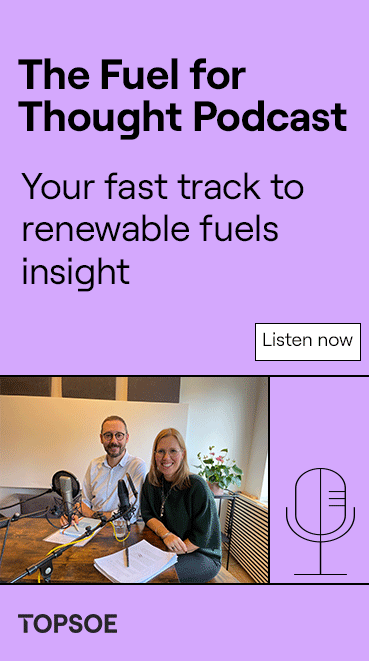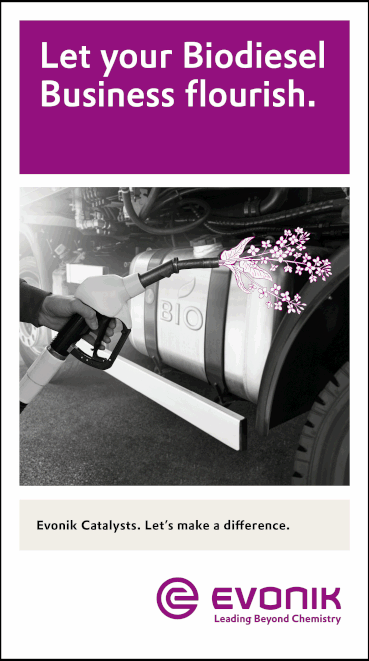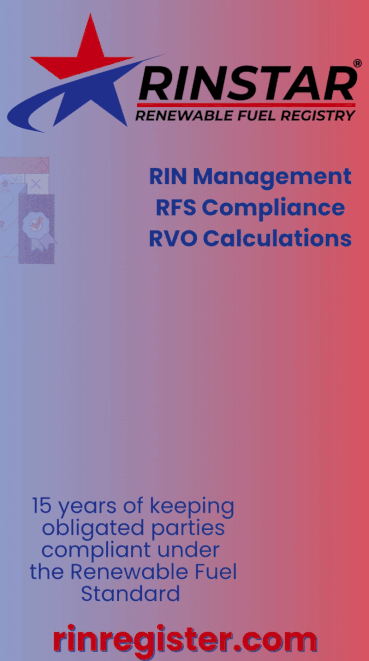From plans into planes: Air BP brings sustainable aviation fuel to UK customers
- BP
- Aug 2, 2023
- 3 min read

More people than ever are flying and that means more flights and more emissions, unless something changes. Sustainable aviation fuel (SAF) is increasingly in demand, from cargo companies to corporate customers, and it has fewer lifecycle-carbon emissions than the traditional jet fuel it replaces.
“If you’ve sat on a flight from Heathrow in the past couple of years, it is entirely possible it’s been partly running on SAF, even if it’s just a tiny bit,” said Andrew Glendinning, BP’s aviation expert technologist.
SAF first hit the market in 2016. Before Air BP could start selling this alternative fuel to U.K. customers, the right facilities and infrastructure had to be in place. Storage tanks, blending equipment, pipes and more were needed and Air BP looked to the team at a terminal that was already distributing traditional jet fuel to customers around the U.K.
Repurposing infrastructure
Instead of starting from scratch, Air BP was able get into action faster by repurposing some of its current infrastructure at one of its terminals to enable blending of traditional jet fuel and renewable feedstocks.
“It’s about making the most of what you’ve got and using a bit of imagination,” Glendinning said. “We added some very small functionality improvements around the place, including valve replacements, new pipes and upgrades to our fuel storage tanks. These little changes mean that we’ve now got a huge capacity for blending several grades of sustainable aviation fuel.”
The upgrades to the fuel storage tanks were particularly noteworthy. Previously used for waste, the repurposing effort meant the team was able to add 1.2 million liters (317,000 gallons) of storage capacity for SAF and 16 million liters (4.2 million gallons) for synthetic paraffinic kerosene (SPK), one of the key ingredients in SAF, to the site. The improvements cost significantly less than it would have to build new storage tanks.
UK first
Once work on the site was complete, Air BP was ready to start shipping SPK into the terminal. It’s made from hydrogenated vegetable oil, usually oil that was once used for cooking.
BP refines SPK and also buys SAF from industry partners around the world, always with appropriate proof of sustainability documentation. It then arrives at the terminal in the U.K. by ship, where it can be blended—up to 50 percent—with traditional jet fuel.
“I think that this has long been one of the most exciting jet-fuel terminals in the world—every day is different—and we’re the only terminal in the U.K. blending SAF,” Glendinning said. “In just two years, SAF has become a regular part of our day-to-day business. The team has seamlessly transferred their skills to blend this alternative fuel and they’re proud to be working towards more sustainable flying.”
Plans into action
Air BP creates bespoke SAF blends for each customer. It’s then transported from the terminal by rail, road and pipeline directly to customers such as Rolls-Royce and Airbus.
That blend can be put into today’s aircraft with no engine modifications needed. It’s now used in freight flights and as part of the fuel mix used in flights.
Today, SAF makes up 3 percent to 4 percent of the fuel leaving the Air BP facility. That’s a lifecycle reduction of around 36,000 tons of CO2 each year, or the equivalent of 1,500 short-haul flights.
That may seem like a modest amount, but it’s just the beginning, Glendinning explained. In the two years since this terminal started blending SAF, demand has steadily grown, and Air BP is now one of the main SAF suppliers in the U.K.
“It’s a stepping-stone towards big change,” he said. “It’s a great example of BP turning plans into action. We still supply traditional fuels to fulfil the bulk of today’s needs—and we’re supplying SAF to give alternative lower-carbon options to the aviation industry.”
Why it matters At the moment, SAF is one of the only ways to decarbonize aviation. And with passenger numbers expected to double to more than 8 billion a year by 2050, it is essential that the world acts to reduce aviation’s carbon emissions.
SAF can typically yield up to 80 percent lifecycle-carbon emissions savings relative to the fossil-derived aviation fuel it replaces. Demand is expected to grow from under a million metric tons today to more than 300 million tons by 2050.
According to BP, biofuels are a key part of its strategy—bioenergy is one of its five transition growth engines—and they’re a vital ingredient to help get the world to net zero.
“Our ambition is to be the energy partner of choice for sustainable aviation,” BP stated. “We are planning major biofuels projects involving a multibillion-dollar investment across five existing BP facilities—our refineries at Rotterdam in the Netherlands, Lingen in Germany, Castellón in Spain and Cherry Point in the U.S., as well as our import terminal at Kwinana in Australia—with the aim for all five to start up before 2030. These projects are expected to make a significant contribution towards BP’s aim to produce around 100,000 barrels of biofuels per day by 2030.”


































